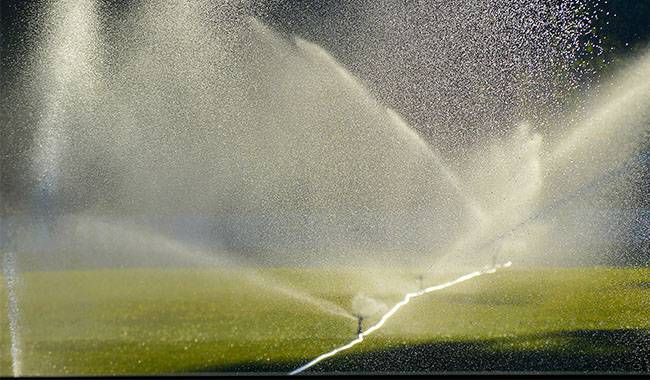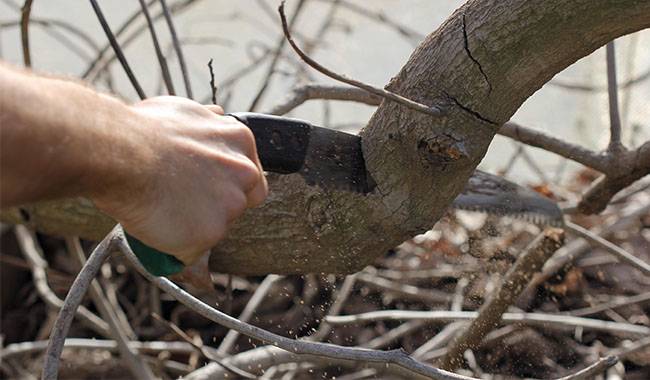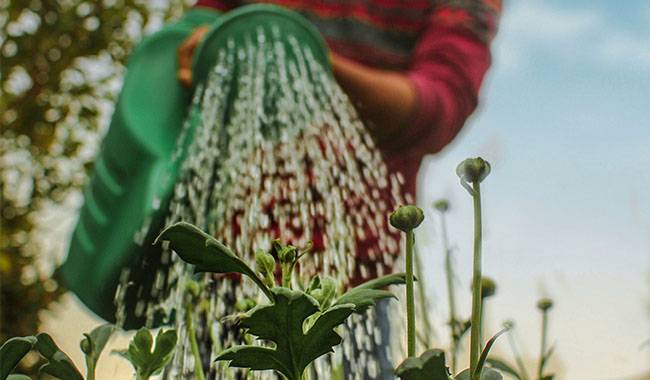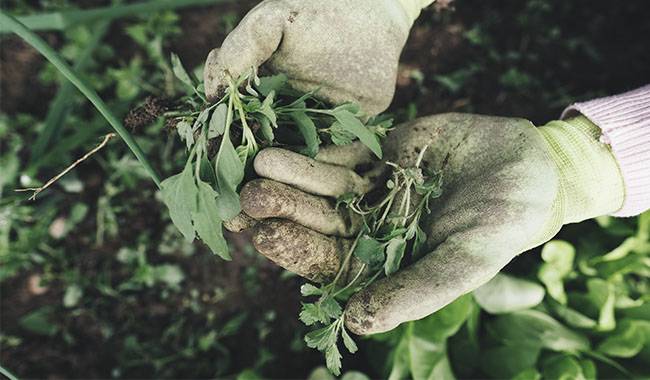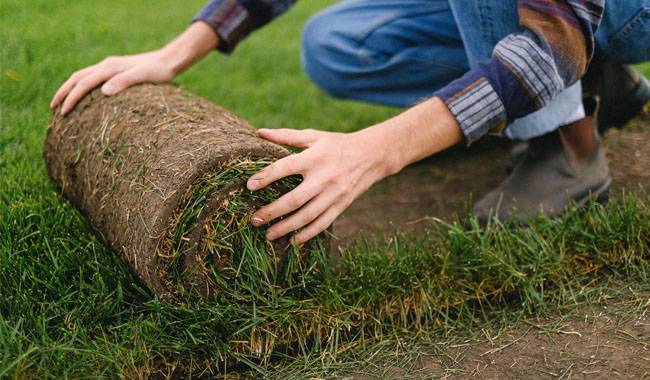
Whether you are a beginner or an expert gardener, a vegetable grower, or an indoor flower lover, you are bound to come across the term Lawn soil. Many people are simply at a loss as to whether Lawn soil, which is often covered with grass, can be used in this way.
However, this is not actually the case. Lawn soil is usually contained in already prepared substrates that are sold in gardens and flower stores and are designed for growing a variety of plants.
However, as you know, substrates can be bought and cooked by yourself and no one knows what would be better. Therefore, you can buy Lawn soil or you can prepare it yourself, spending some time and effort.
ADVANTAGES OF LAWN SOIL IN GARDEN MIXES
What are the differences between garden mixes?
First of all, let’s talk about the obvious differences of garden mixes because their composition is sometimes quite different. Considering the main components of a garden mix, you can get an idea of whether the mix is acidic or not.
For example, if the garden mix contains peat without a deoxidizer such as dolomite powder, then the soil is most likely acidic.
And if Lawn soil is present in the form of alkali, it may indicate a neutral reaction environment (but this is not 100%, so it is still recommended to check the acidity of the soil by analysis).
What are the advantages of Lawn soil?
It is particularly liked by florists because it contains a lot of nutrients, is rich in minerals, and is considered light and permeable, but the latter is rather average.
Very often Lawn soil is the basis of many soil mixtures, a mixture that is voluntarily purchased by those who do not accept the acidity and “uselessness” of peat.
The amount of Lawn soil in the soil mixture
Usually, the amount of Lawn soil in a soil mixture can vary greatly and can be anywhere from a third to half of the entire mixture. However, you should not forget that although Lawn soil mixtures are nutrient-rich, their nitrogen content can be quite low and therefore require additional applications of this element.
When it comes to the average acidity of Lawn soil, Lawn soil is usually (but not necessarily) close to composted soil, as Lawn soil is usually formed from the same “material” as compost, just over a longer period of time.
HOW DO I MAKE MY OWN LAWN SOIL?
Where to make Lawn soil
It is easiest to cut the soil into pieces and collect them in any deciduous forest area. Lawn soil forms fastest there. However, not “under every tree” Lawn soil can be harvested. It is best to use soil from linden forests, under maple trees, and various fruit plants.
As for crops like willows or oaks, it is better not to plant Lawn soil there.
The problem is that Lawn soil is formed mainly from the leaves of these plants, so the Lawn soil you will subsequently get from Lawn soil is actually impregnated with tannins, which always act in the same way – inhibiting the growth and development of any plants that fall into this soil.
To collect Lawn soil for Lawn soil, sometimes you don’t have to go far – the nearest woodland or even park area are a few suitable places to collect this soil.
Why? Yes, because Lawn soil is, in fact, a layer of Lawn soil from 2 inches to 5 inches thick, depending on whether the place is permanently planted with trees, a plantation, or a woodland area.
This layer is literally covered with twigs, dried leaves, grasses, and their remnants. It is basically the basis for making Lawn soil, which is suitable for a variety of crops and is ideal for growing flowering crops.
Types of Lawn soil loam
Lawn soil can be of several types, depending on the place where Lawn soil is taken for production. Basically, it is the mechanical composition of the soil in the place that plays a role here.
For example, you can prepare a light Lawn soil, which will consist of clay and dust particles, about 30% by volume, and the rest, as we said above – almost humus from tree branches and other things.
The second option is heavy Lawn soil, in which the amount of clay and dust particles can reach 60% or even higher.
Time to prepare Lawn soil
Of course, it is not winter, it is not early spring or late autumn, the best option is in May, i.e. late spring or late summer, i.e. August.
Prepare Lawn soil from Lawn soil, that is, cut the soil into squares up to 2inch (5cm) thick (in a few cases more is needed), up to 6inch (15cm) wide, and up to 8inch (20cm) long.
After the cut Lawn soil is brought to its final destination, they are stacked up, preferably – in a sunny place, but not for more than a few hours a day.
This Lawn soil then needs to “mature” in order to become full Lawn soil, but it requires special conditions.
As an example, let’s look at Lawn soil brought in from the woodland. it can be stacked to absolutely any length and width, but preferably not to a height of more than 60inch (150cm).
Lawn soil is best stacked near the beginning of fall or autumn, so spring harvesting is less appropriate and is best concentrated in the fall.
What should I do after harvesting?
Once Lawn soil has been harvested and stacked, it should be moistened with Lawn soil slurry, usually one bucket of slurry per square meter of Lawn soil 20inch (0.5m) high.
It should soak Lawn soil, which is necessary to start and activate the fermentation process and accelerate the preparation of Lawn soil.
The second method is the preparation of Lawn soil
This is a peculiar way of stacking Lawn soil. They should also be stacked in rows, but in such a way that the part full of grass, i.e. the part looking upwards, is turned inwards, i.e. the stack is turned towards the grass.
In order to speed up all the decomposition processes of the grass and increase its nutritional value, including the nitrogen-rich component, you must place the cattle or horse manure in 4-5inch (11-12 cm) layers every 11-16inch (30-40 cm) (height).
If you are able to prepare Lawn soil but it is acidic, you can mix it with lime when spreading manure. You need only 40 grams of lime per square meter of lawn soil.
What are the dimensions of the stacks?
Very different, mainly the height does not exceed 60inch (150cm), because any higher would be mediocre and not convenient for work. As for the width, reaching 43inch (110 cm) is ideal, while the length reaches two meters.
In addition to the operational inconvenience, larger chimneys usually have worse air exchange and the decomposition of Lawn soil is severely reduced.
What should I do with my chimney in winter?
The best way is to leave it completely untouched, leave it as it is, do not cover it, just wait for the heat to arrive, and once the air warms up to 41-46°F (5-8°C) above zero, wet it with a cowpea solution (3 kg of water per bucket, which is per square meter of the stack).
During the summer, the warm period, among other things, the stack should be stirred several times (two to three times). It is best and most convenient to use an ordinary garden fork for this purpose.
Agitating the stack will speed up the process of Lawn soil becoming mature Lawn soil and allow the “feed” to spread more evenly throughout the future Lawn soil.
If the weather lacks natural moisture in the summer, i.e., no rain for a long time, it is obligatory to wet the chimney with ordinary water from the hose, watering it as much as possible to completely saturate it.
In some cases, two seasons are sufficient-that is, the first season is spent laying haystacks in the spring or fall, the second season is spent turning over the soil, and by the end of the warm second season, Lawn soil is ready.
Sometimes, however, if it is clear that Lawn soil is not decomposing, it is necessary to repeat all the procedures for one more season, and at the end of that season, Lawn soil is safe to use.
If only a little Lawn soil is needed
It is worth noting that if you need a moderate amount of Lawn soil, for example, to renew the top layer in a pot with a thickness of a few inches, then it cannot be prepared in such a long way.
In order to obtain a small amount of Lawn soil, it is acceptable to cut a layer of Lawn soil, spread out polyethylene film, hold Lawn soil with Lawn soil and shake the soil from the Lawn soil onto the film.
A fair amount of soil was obtained in this manner when mowing the grass, but if you notice sedge or horsetail growing in the area, be sure that the soil here is acidic, but if legumes are growing, it will be quite usable.
HOW TO USE LAWN SOIL?
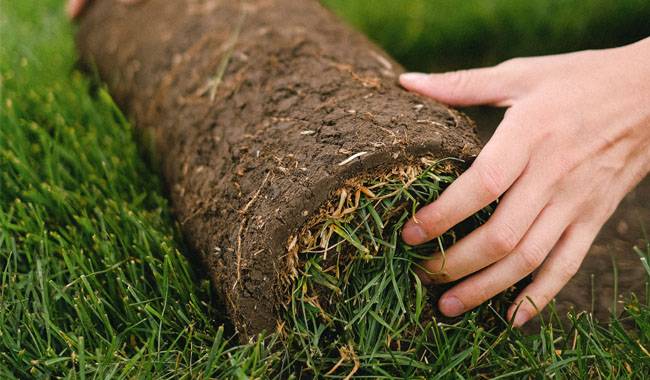
What should I do with Lawn soil before using it?
Lawn soil should be passed through a fine-mesh sieve before use, making a kind of sieve that all gardeners and vegetable growers are familiar with. In this case, all the coarse particles and undecomposed parts will roll down the sieve, and the finest parts will pass through the sieve, forming a uniform loose mixture.
The Lawn soil can then be placed in a wooden box or a plastic bag (such as a sugar bag) and put away, out of the sunlight of course. It is best to let the bag lie on its side so that the mixture is not compressed.
Lawn soil should not be left on the plot, literally “in the open”, ready for use. under the influence of rain, sunlight, and wind, as well as changes in temperature during the day and night, Lawn soil loses some of its nutritional properties, becomes less porous and less elastic, and is naturally unsuitable for further use as a component in the preparation of nutritious soil.
Preparation of the resulting Lawn soil immediately before use
Normally, Lawn soil is not used in its pure form. However, if you can analyze the soil in the laboratory and the data show that the main components are present in the soil you bring in, you can use this soil without further enrichment.
Usually, adding various “impurities” to Lawn soil – usually, a compound fertilizer, for example, nitroaminophos, 10-15 grams on a bucket of Lawn soil is sufficient. You can make wood ash, which contains up to 5% potassium and requires 500 grams per bucket of Lawn soil.
The application should be carefully mixed until a homogeneous composition is formed. Sometimes, to increase the amount of Lawn soil and some looseness, river sand is added in the amount of one part sand to three parts Lawn soil.
In addition, it is highly recommended to purify Lawn soil, because the fact that it can be anything that she had in the form of layers lying on the frost for a winter or two, does not completely guarantee the destruction of pest eggs or disease spores.
By the way, the procedure of disinfection of Lawn soil should be carried out initially, before mixing it with fertilizer or river sand. The best option is to immerse it in boiling water.
To do this, you need the largest colander, which should be filled with Lawn soil and poured with boiling water from a kettle. Of course, in this way you can also destroy the useful microflora, but in this case, the risk is reasonable and necessary.
APPLICATIONS OF LAWN SOIL LOAM
Lawn soil is often used to grow a variety of houseplants and sprouts, to bake green crops, or to grow vegetable crops in the winter for an “anti-seasonal” harvest.
The main thing – to use Lawn soil correctly, often loosen the top layer, water, fertilize, and if necessary for specific plants, when you put it in a container, be sure to initially lay a layer of drainage there, this role can play clay, crushed bricks, pebbles or other small stones.




